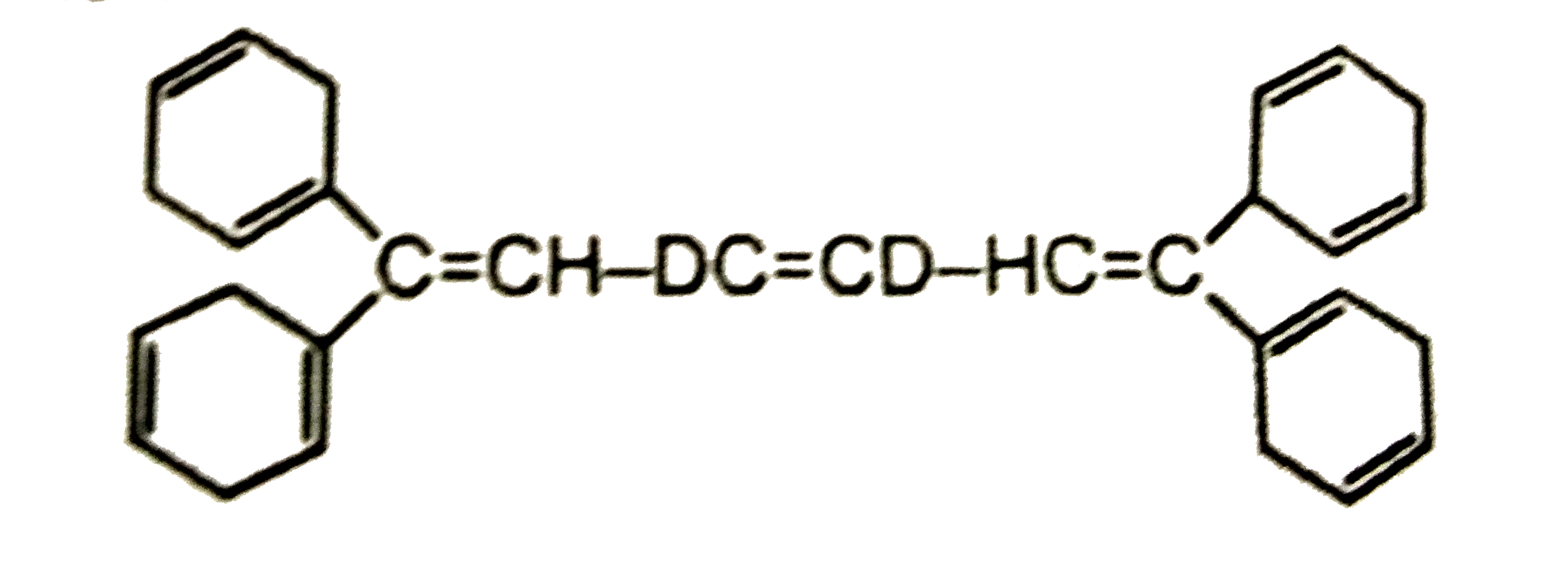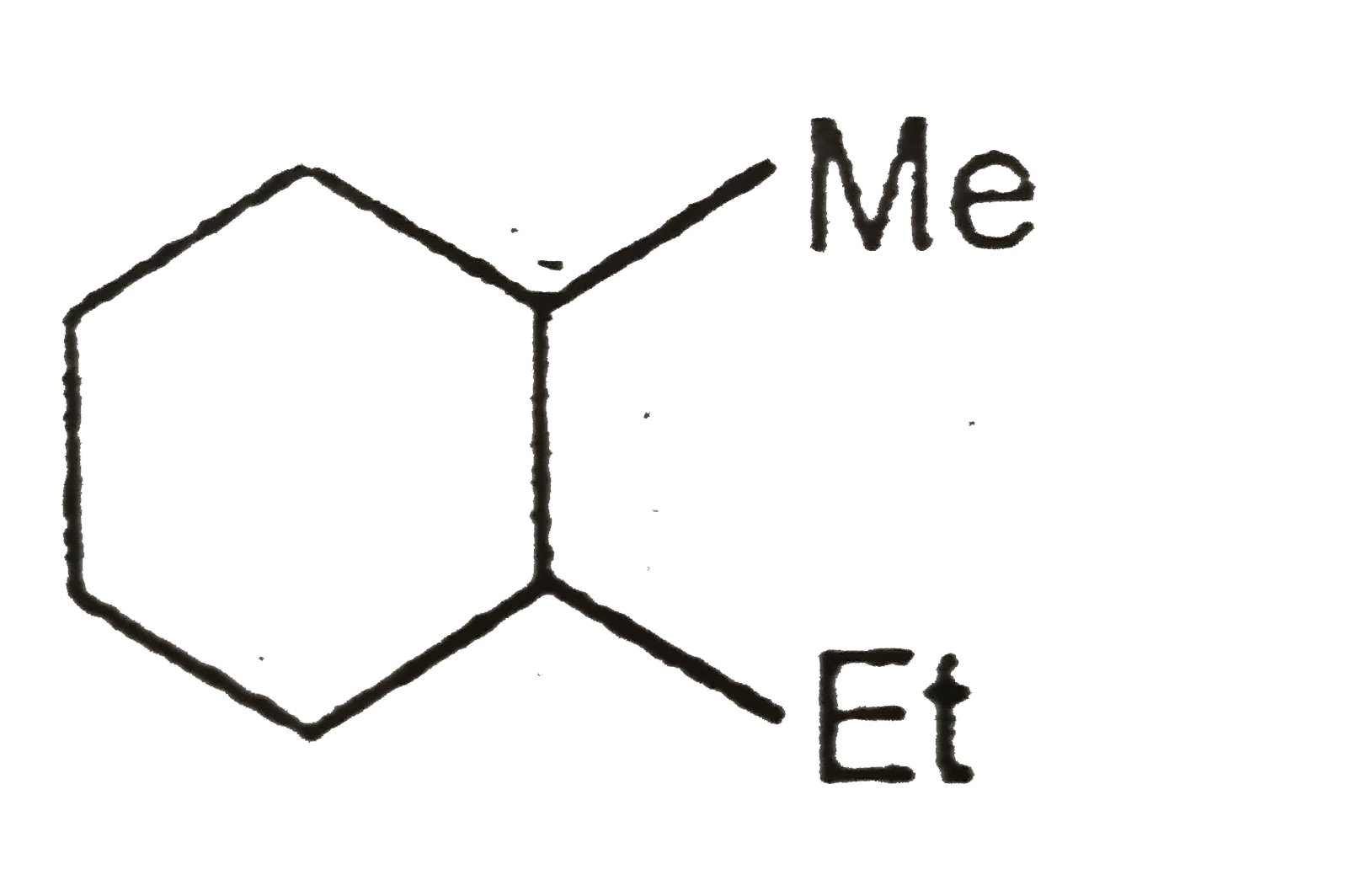For the given complex , the number of geometrical iosmers, the number of optical isomers and total number of isomers of all type possible respectively are
A
2, 2 and 4
B
2 ,2 and 3
C
2, 0 and 2
D
0, 2 and 1
Video Solution
Text Solution
The correct Answer is:B
The octahedral complex of the type i.e. will show two cis and trans isomers . Out of these , cis isomer will be optical active and shows two d & l forms . So the total number of possible isomers will be three .
|
Updated on:21/07/2023
Topper's Solved these Questions
- BOOK - DINESH PUBLICATIONCHAPTER - CO-ORDINATION COMPOUNDS EXERCISE - COMPREHENNSION TYPE MCQS5videos
CO-ORDINATION COMPOUNDS
- BOOK - DINESH PUBLICATIONCHAPTER - CO-ORDINATION COMPOUNDS EXERCISE - MATRIX MATCH TYPE MCQS3videos
CO-ORDINATION COMPOUNDS
- BOOK - DINESH PUBLICATIONCHAPTER - CO-ORDINATION COMPOUNDS EXERCISE - REVISION QUESTIONS165videos
CO-ORDINATION COMPOUNDS
- BOOK - DINESH PUBLICATIONCHAPTER - CHEMISTRY IN EVERY DAY LIFEEXERCISE - Unit test-950videos
CHEMISTRY IN EVERY DAY LIFE
- BOOK - DINESH PUBLICATIONCHAPTER - CYANIDES, ISOCYANIDES, NITROCOMPOUNDS AND AMINESEXERCISE - Unit test - 820videos
CYANIDES, ISOCYANIDES, NITROCOMPOUNDS AND AMINES
Similar Questions
Knowledge Check
- Question 1 - Select One
For the given complex [CoCl2(en)(NH3)2]+, the number of geometrical isomers, the number of optical isomers and total number of isomers of all type possible respectively are
A2, 2 and 4B2, 2 and 3C2, 0 and 2D0, 2 and 2 - Question 2 - Select One
For the given complex [CoCl2(en)(NH3)2]+, the number of geometrical isomers, the number of optical isomers and total number of isomers of all type possible respectively are
A3,2 and 4B2,2 and 3C2,0 and 2D0,2 and 2 - Question 3 - Select One
The number of geometrical isomers and optical isomers of [Pt(NH3)(Br)(Cl)(Py)] are respectively.
A2, 0B3, 2C3, 0D2, 2
Total number of geometrical isomers possible for
 View Solution
View SolutionTotal number of geometrical isomers in the given compound are
 View Solution
View SolutionTotal number of geometrical isomers in the given compound are :
 View Solution
View SolutionConsider the complex [Pt(S5)3]2−. If x, y and z are the number of chelates, number of optically active isomers and number of geometrical iosmers respectively, find the value of (x+y+z):
View SolutionThe number of geometrical isomers and optical isomers of [Pt(NH3)(Br)(Cl)(Py)] are respectively.
View Solution



